As the pandemic is still raging in the United States, another crisis is underlying, more silent but even more dangerous: climate change. Its formidable consequences have already impacted parts of the United States during the past years, such as California which has faced terrible giga-fires in 2018 and 2020. Californian port cities have taken up this challenge, and among them San Diego is often highlighted for its impressive efforts on climate change adaptation. A carbon neutral and resilient port-city: this is the ambition Port of San Diego’s executive board has been putting forward for many years on now. San Diego is the fourth largest port in California after LA-LB and the third for cruise traffic. Environmental preservation is a key-role Port of San Diego plays carefully. In line with Goal n°1 of our AIVP Agenda 2030, we wanted to discuss about the sustainability and the resiliency of the waterfront with Michael Zucchet, 2021 Chairman of the Port of San Diego Board of Port Commissioners.
Port of San Diego is a member of AIVP since 2015.
Solutions to reduce Co2 emissions
AIVP – You have made clear that one of your top commitments is the reduction of San Diego’s carbon impact and cleaner air. Your port authority wants to incentivize as much as possible the use of renewable energies and alternative fuels, to meet the goals of your Climate Action Plan and “Maritime Clean Air Strategy”. Technical measures such as microgrid or battery storage are also key to optimize energy consumption.
Could you tell us more about your solutions to reduce air pollution and carbon/greenhouse gas emissions?
Michael Zucchet, 2021 Chairman of the Port of San Diego Board of Port Commissioners – Our jurisdiction encompasses 34 miles of waterfront around San Diego Bay and borders five cities, so it is vital that we are a good neighbor and that we champion investment in and deployment of new clean air technologies to reduce maritime emissions and improve overall air quality. It’s important not only in respect to climate change, but also to ensure that everyone who lives, works and plays on and around San Diego Bay has cleaner air to breathe.
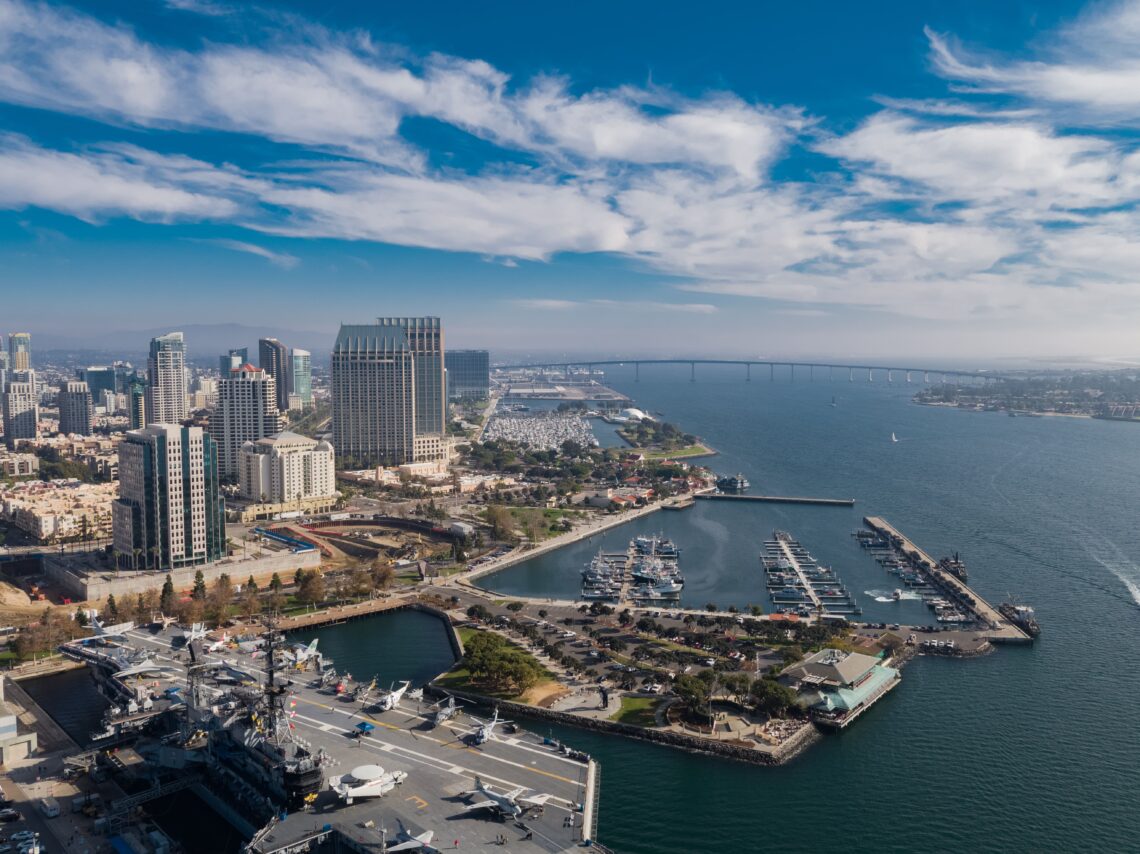
To be a cleaner and greener port, we must set clear goals, aspirations and expectations for ourselves and for the people who do and want to do business with the Port of San Diego. And we need to plan strategically rather than on a project-by-project basis to set ourselves up for success.
To help us set goals and prioritize projects to further reduce maritime-related emissions and improve air quality, we are working with our stakeholders, partners and neighboring communities to develop a Maritime Clean Air Strategy, or MCAS. It will help us to determine which of our efforts are economically feasible – like developing a short-haul, multi-phased on-road electric drayage truck program for one or more routes to/from our terminal, or replacing higher-emitting cargo handling equipment with zero and near-zero cargo handling equipment. It will also help to clarify the role we can play in supporting our tenants and terminal operations with transitioning to zero and near-zero technologies. The MCAS will be an extension of our Climate Action Plan, which establishes greenhouse gas emissions reduction goals. We adopted the plan in 2013 and were among the first ports in the U.S. to put a Climate Action Plan in place. We’ve been successful so far, achieving our 2020 10-percent reduction target by 2016 with an 18 percent decrease in emissions from 2006 levels. We’re now working to update our Climate Action Plan to ensure goal alignment with post-2020 targets set by the State of California.
The State of California has a goal of carbon neutrality by 2045. Because climate change is a significant threat to our region’s prosperity, we are contributing to regional efforts to advance carbon neutrality in our region even earlier. San Diego County is developing a framework for a Regional Carbon Sustainability plan in partnership with the University of California San Diego. The framework will include strategies and initiatives to achieve carbon neutrality in the region by 2035. We are contributing by providing information on sources of emissions that are unique to ports such as goods movement vessels, vehicles and equipment. This kind of regional collaboration is essential to advance interconnected strategies and to achieve results.
You mentioned our microgrid, which will provide backup power to port-operated facilities on one of our cargo terminals, including security infrastructure, lights, offices, and the jet fuel storage system in support of the San Diego Airport’s operations. We believe our microgrid will demonstrate a replicable model that can be used by other terminals and facilities in California.
We’re also working on smart roadway improvements along Harbor Drive, the road that runs between our cargo terminals – intelligent transportation systems to reduce truck-related congestion, noise and pollution; improve electric vehicle charging infrastructure; and increase urban greening. This “haul road” will use technology like Freight Signal Priority, dedicated truck lanes and off-peak truck lanes to allow cargo hauling trucks to “jump the queue” and bypass other vehicles. This will help to reduce idling, separate trucks from other vehicle traffic, and keep trucks on the designated truck route outside the portside neighborhoods.
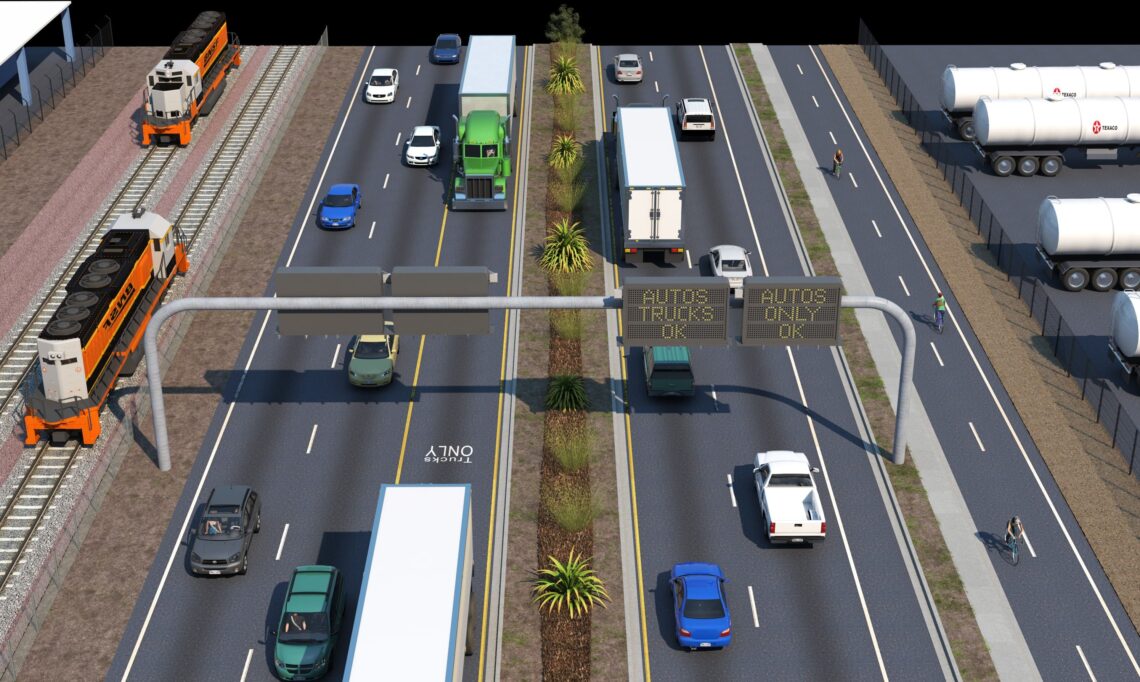
These and other initiatives will help us be more sustainable while growing our businesses. In fact, we’ve shown that economic development and sustainability are not mutually exclusive – our 2017 Economic Impact Report showed our greenhouse gas emissions decreased 13 percent since 2006 while revenues increased 29 percent over the same time.
A “master plan” for coastal preservation
AIVP – Coastal preservation and rehabilitation are essential to make the coastline resilient to the rise of the sea level. In our weekly newsletter we have highlight the innovative idea of creating an “Oyster Living Shoreline”. Both land-based and water-based measures are included in your “port master plan”.
How would you describe this master plan for “future of the port” and how does it relate with coastal resiliency?
Michael Zucchet, 2021 Chairman of the Port of San Diego Board of Port Commissioners – Our Port Master Plan is essentially our water and land use law that designates specific areas of San Diego Bay and the surrounding waterfront for a balance of maritime, fishing, visitor-serving commercial, recreational, conservation and institutional uses. Our existing plan was certified in 1981 and has never had a comprehensive update. Obviously, a lot has changed in the last 40 years – our region has grown tremendously and protecting our coastal assets and resources is more important than ever. So, the Board of Port Commissioners launched an effort to update the plan in 2013 to plan for the future of the Port. The intent is that it will serve as the primary tool for balancing environmental, economic and community interests along the San Diego Bay waterfront for the next 30 years.
Important to our administration of the Tidelands of San Diego Bay is to ensure that we protect it for future generations. The impacts from climate change, particularly from sea level rise, represents a threat to the Port and our many uses—whether that is maritime and visitor-serving commerce, natural resources, recreational assets, and public safety. Resiliency in the face of sea level rise and flooding is very important to us. We believe there is not a one-size-fits-all solution to sea level rise. In some areas of the bay we will need to reinforce coastal armoring, but in other areas we feel that nature-based solutions will work.
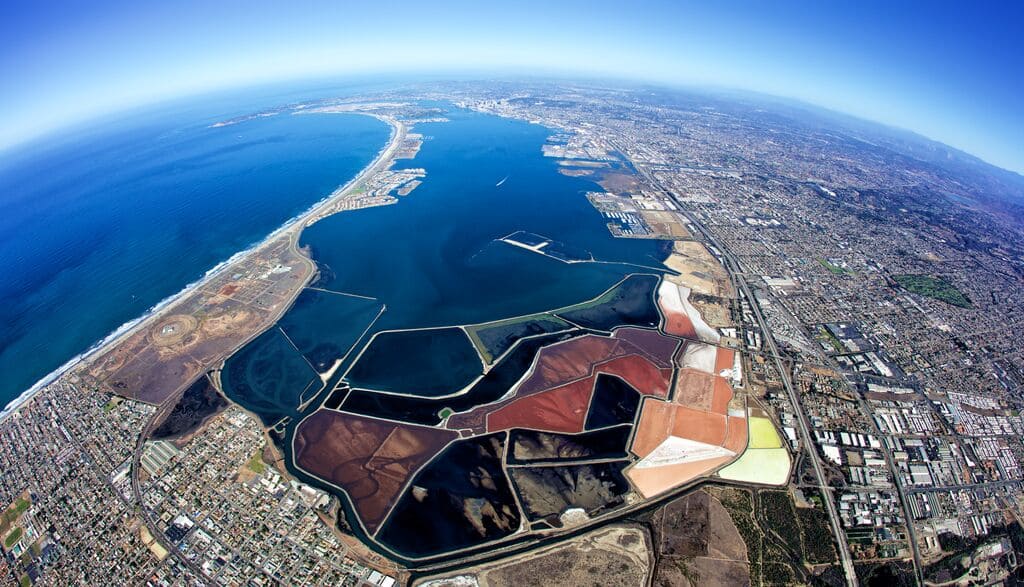
The latest draft of the updated Port Master Plan includes various policies and strategies such as encouraging the use of nature-based solutions that increase shoreline biodiversity and coastal resiliency. Additionally, a recent amendment to the Port Master Plan supports deployment of a new living shoreline project in the southern end of our bay. This project, which was recently approved by the California Coastal Commission, will allow the Port, in partnership with the California State Coastal Conservancy, to pilot a native oyster living shoreline adjacent to the Chula Vista Wildlife Refuge in south San Diego Bay. The objectives of the living shoreline, the first of its kind in San Diego Bay, are to both increase biodiversity and protect the shoreline from impacts related to future sea level rise. Constructed with reef elements to attract and establish native oyster populations, the living shoreline will create a “reef” habitat for fish, birds, inverts, and aquatic plants, while also addressing climate change and sea level rise threats by naturally increasing wave attenuation in critical nearshore habitat, providing both shoreline stabilization and increasing sediment deposition and accretion on mudflat habitat vital to future upslope habitat transgression under sea level rise.
Early detection for storms and floods
AIVP – Unfortunately, climate change adaptation cannot only rely on anticipation, because storms are already becoming worse and more frequent than before! We have heard about this partnership with FREDsense Technologies on stormwater monitoring. We will definitely need initiatives like that!
What initiatives may Port of San Diego have launched on the resistance to extreme climate disasters, especially storms?
Michael Zucchet, 2021 Chairman of the Port of San Diego Board of Port Commissioners – The impacts of climate change, including sea level rise, will affect the world around us in tangible ways, and we need to plan for that and be a part of the solution. We’ve already experienced record-breaking tides caused by a combination of winter storms and King Tide events, which has caused shoreline erosion and some damage to infrastructure. In fact, the highest high tide ever recorded in San Diego Bay was just a few years ago in 2015.
To evaluate, assess and guard against future potential impacts, we’ve completed a formal sea level rise evaluation and assessment that includes sea level rise projections and looks at how our assets – roadways, parks, properties, etc. – and our natural resources may be impacted. We’re also working with regional partners like the Navy and Scripps Institution of Oceanography. The Port and the Navy are the two biggest agencies with management responsibilities on and around San Diego Bay. We are collaborating to share information, evaluate the best available scientific information and modelling related to sea level rise, identify complementary adaptation policies and measures, and make better, more cost-effective decisions about the development, conservation, restoration and management of San Diego Bay. With Scripps, we are coordinating to develop a sea level rise and flood alert observation system to precisely measure environmental data to better understand flooding impacts in the bay.
On a project level, we’ve increased elevation on development sites, built a foundation when replacing the fender system at our cruise ship terminal that can be expanded over time, and rebuilt a boat launch ramp – believed to be the busiest in the state – to a more appropriate elevation to accommodate future anticipated sea level rise.
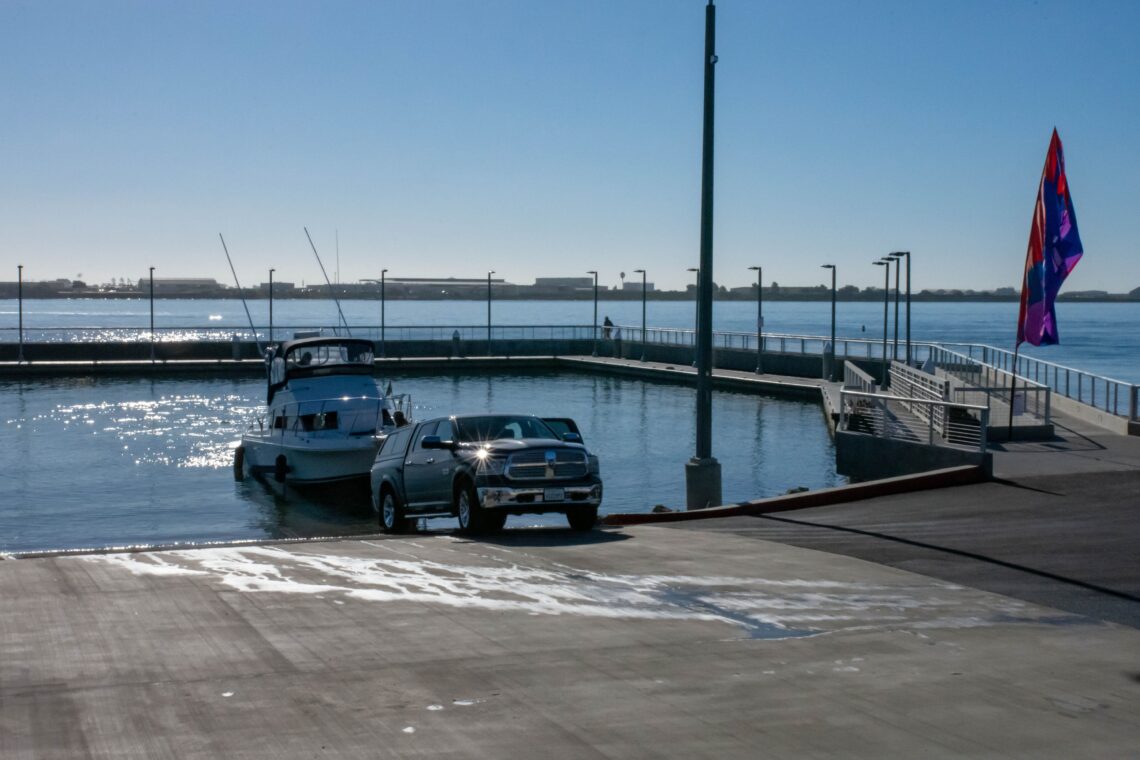
You mention FREDsense, an example of an innovative pilot project supported through our Port-led Blue Economy Incubator. The incubator was indeed established to seek innovative aquaculture and blue technologies proposals to build a portfolio of new businesses that can help meet our environmental needs, such as coastal resiliency and water quality. FREDsense is working to develop and test a portable, five-in-one field testing sensor devise to provide real-time metals analysis during stormwater monitoring.
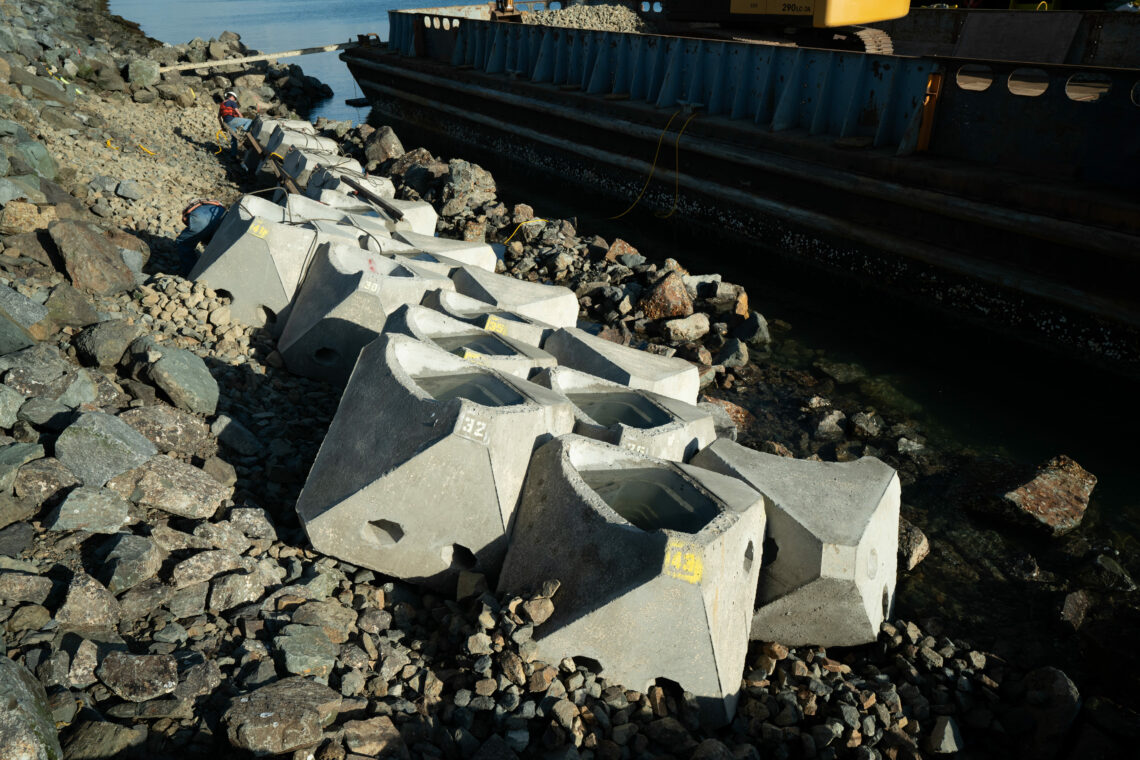
Another Blue Economy Incubator project involves bio-enhancing shoreline armoring to provide stabilization that could potentially replace traditional riprap. ECOncrete is an early-stage company developing interlocking tidepools made of biologically enhanced concrete that will create a tidal pool system to provide shoreline stabilization while simultaneously creating a well-defined local ecosystem that mimics natural rock pools as well as increase local biodiversity and biological productivity. Results from the pilot will demonstrate an innovative win-win approach to coastal development, bridging the need for coping with climate change and urbanization while sustaining valuable marine life. ECOncrete has installed other designs of its tide pools into existing waterfronts in the U.S., Europe and Asia, including at Pier 6 in Brooklyn Bridge Park in New York and in the Port of Rotterdam in the Netherlands.
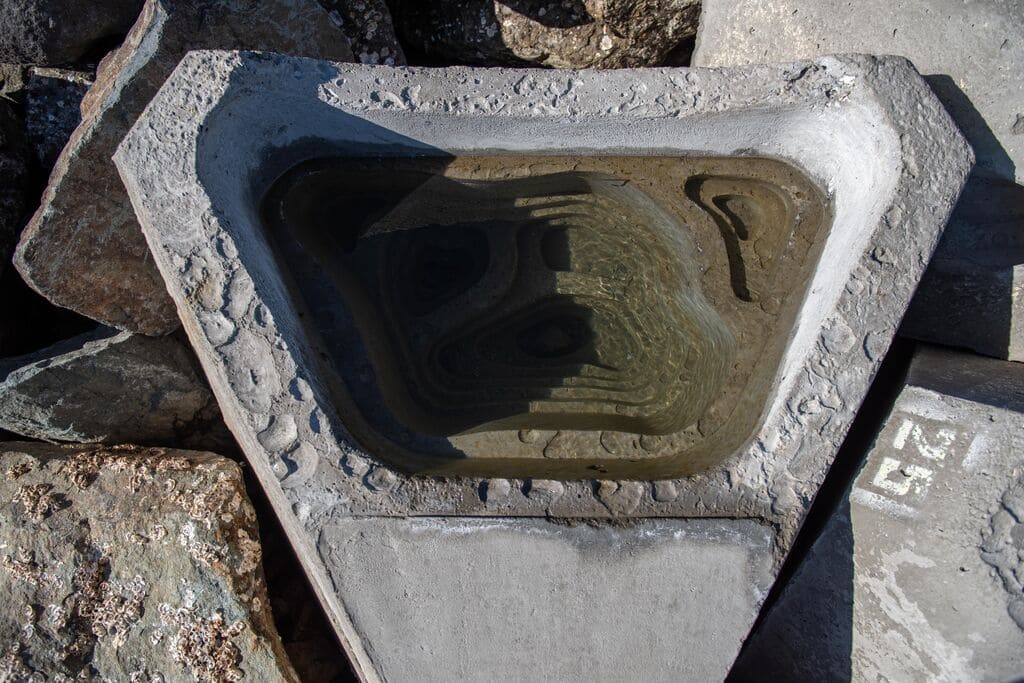
Port’s contribution against mega-fires in California
AIVP – Even if they seem to have so much water at their disposal, port cities can be threatened by fires. The world has witnessed California’s efforts to fight against giga-fires, which could constitute direct consequences of global warming. San Diego seems to have been less impacted than San Francisco or Los Angeles in 2020, however there are odds that someday south California will be strongly hit too.
What are your plans to prevent these hazards from disrupting your supply chain and overall from threatening human lives.
Michael Zucchet, 2021 Chairman of the Port of San Diego Board of Port Commissioners – While California is at high risk for wildland fires due to higher temperatures, seasonal dry winds, and ecological changes, because of our waterfront location and the urban character of our jurisdiction, San Diego Bay is not at a particularly high fire risk. However, during the 2000s, San Diego County experienced two massive wildfires in 2003 and 2007, which displaced many thousands of residents and disrupted our economy.
The Port of San Diego has prepared plans, in coordination with regional partners, to assure adequate emergency response and recovery in the event of a natural or human-caused disaster. Our Emergency Operations Plan addresses our responsibility during a sizable emergency to include key decision makers, an emergency organizational structure, and activation of our Emergency Operations Center. Additionally, our Maritime Emergency Restoration Plan lays out the process to coordinate with government and commercial entities to efficiently re-open the Port following official closure or partial closure by the U.S. Coast Guard Port Captain due to an imminent or credible threat, sustained threat, or disaster.
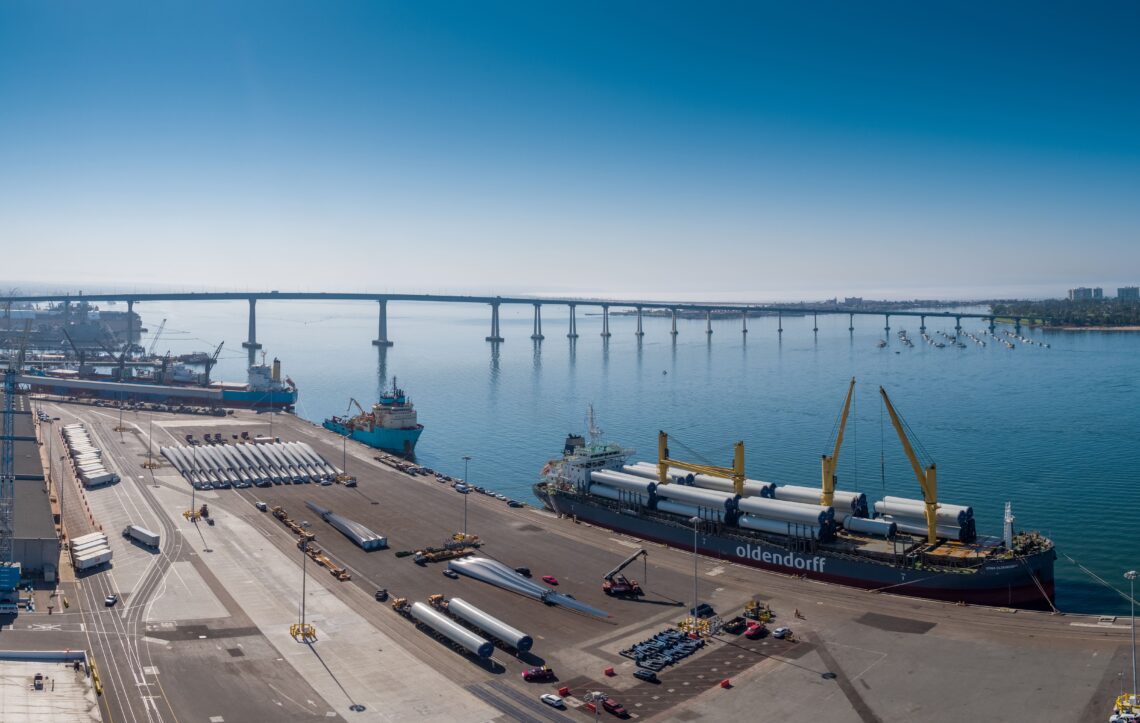
While the Port itself may not be threatened by wildfire, the thousands of employees who work along the bayfront as well as visitors who come to the bay may be impacted. Cargo, of course, that passes through our marine terminals is transported along our regional highway and railway infrastructure. These corridors can be impacted delaying the transport of much needed goods and services. Lastly, having a deep-water harbor and port is a resilience measure for the San Diego region. The ability for emergency services to access our region may be very important in the event of a major catastrophe. As stated previously, we work across the region to help with these issues to ensure a more resilient San Diego.






